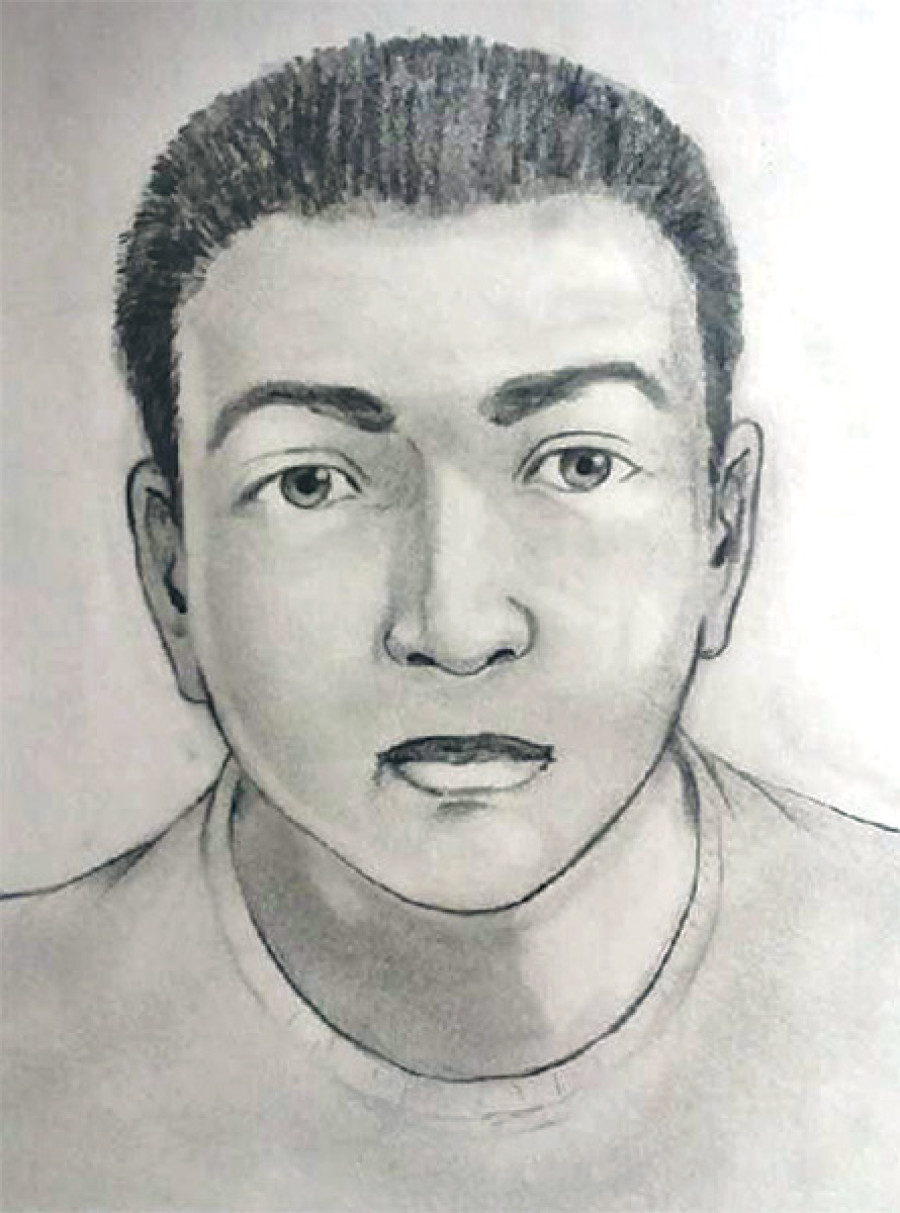Miscellaneous
The murders at Ranibari
5:45am; July 15, 2002Two teenage boys knock at the front-door of a two-storey house in Ranibari, Kathmandu.
Manish Gautam
5:45am; July 15, 2002
Two teenage boys knock at the front-door of a two-storey house in Ranibari, Kathmandu.
The boys have frequented the house for the past several days, inquiring about renting a flat there. Anjali Shrestha, a tenant in the building herself, has received them each time, but the landlord, Geeta Khadka—the operator of a manpower company—has refused to meet the prospective renters, making varied excuses each time.
When they inquire once more about the landlord, Anjali informs them that she is upstairs, sleeping. It would be her last words.
Suddenly, the two boys produce a khukuri each and stab Anjali multiple times in her abdomen, before dragging her unconscious body to the kitchen, leaving behind a trail of blood. Once inside, the two assailants charge at Anjali’s husband, Hemanta Shrestha, and four-year-old daughter, Aagyashree, who are asleep in the bedroom, unaware of what is coming at them. Hemanta, too, is fatally stabbed. While the daughter sustains a deep gash—running from her cheek to her throat—before one of the assailants locks her in a bathroom.
Then, the assailants make their way upstairs to kill the landlord Khadka, their primary target. Having heard the commotion downstairs, Khadka senses the looming danger and locks herself in her bathroom. The attackers break into apartment, but fail to break the bathroom door.
Half an hour into their attack, Khadka’s wails for help alarm the assailants, who flee the scene covered in blood, tossing their weapons in a bush a little ways away from the house.

A neighbour, who is washing clothes at a tap, sees the two boys coming towards her. At first, she confuses their red-drenched clothes for vermillion. When she realises that it is not, she darts into her house, but is unable to stop herself from following their actions.
The two wash their hands, while one takes off his shirt and tosses it to the side. Having cleaned up, they stop at a nearby pharmacy where they buy bandages for their cuts.
Then, just as mysteriously as they had appeared that morning, the two teenagers disappear.
............
When the police arrived at the crime scene, they too were taken aback by the gruesome scenes at the Ranibari house. Anjali was unconscious in the kitchen; her husband lay in a pool of his own blood in the bedroom. The daughter was sitting on her hunches, her hand wrapped around her knees in the bathroom. The couple were declared dead shortly after at the Tribhuvan University Teaching Hospital. The daughter, Aagyashree, luckily survived, but required 40 stitches to her face.
It would take the Nepal Police another 12 years to understand the gruesome murder and book its culprits. In the aftermath, at least 18 different committees were formed by the police to investigate the murder, but each had fallen short. Each time a new police chief was sworn into office, the Ranibari Hatyakanda—as the dual murder had come to be known as—would be on the top of their agendas.
But it wasn’t until Deputy Inspector General Hemanta Malla Thakuri was appointed the chief of the Central Investigation Bureau (CIB) in 2014, that officials made significant headway into the case.
“That too happened purely out of coincidence,” reflects Malla, who is now retired, but remembers the day of the breakthrough vividly. According to him, an informant overheard two men—Raj Gurung, 30, and Pramesh Chauhan, 28—bragging to friends at a restaurant in Samakhusi of how “they had finished off the couple in Ranibari.”
“The two were already among those marked at people of interest in the case. The information we received further boosted our investigation,” Malla recalls.
Then as the case began to unfold, CIB officials came across many circumstantial evidences that were closely related to the Ranibari Hatyakanda.
One of the cases crucial to the crime was the murder of Lila Maya Giri in Goldhunga, Naikap. On May 31, 2003, Gurung and Chauhan were arrested for Giri’s murder, an owner of a manpower company, after her husband paid him Rs 600,000. Chauhan was arrested and was sentenced to jail for life, but served eight years. Gurung, on the other hand, was released on bail. In this killing, Gurung had followed the same modus operandi as that of the murder of the Shrestha couple.
The links are as follows: first, the primary prey was a manpower company owner who he had been contracted to kill; second, Gurung would frequent the victim’s house looking to rent a room; and third, similar weapons were used to commit both crimes. These evidences were substantiated by new forensic sketches drawn through witness accounts.
The police arrested Gurung and Chauhan and this time the duo underwent a polygraph test, which they both failed.
On March 15, 2015 the CIB finally made Gurung and Chauhan public, charging them with the murder of the Shrestha couple. Police said that the duo was given Rs 200,000 to kill the owner of the house Geeta Khadka.
Immediately following the arrest, the Kathmandu District Court also remanded them to judicial custody until a final hearing could be held.
This week, on July 12, the District Court sentenced the duo to life imprisonment, as demanded by the CIB in its charge sheet. The court agreed with the evidence provided by the CIB and convicted Gurung and Chauhan as the murderers of the Shrestha couple.
With it, the long-standing chapter of the Ranibari murders has come to a close. However, what is now clear is that the Shrestha couple was not the primary target. They had inadvertently come in the way, while the culprits were looking for Geeta Khadka.
But who was the principal offender that paid the two men to kill Khadka? That fact still remains shrouded in mystery.




 11.12°C Kathmandu
11.12°C Kathmandu








%20(1).jpg&w=300&height=200)

